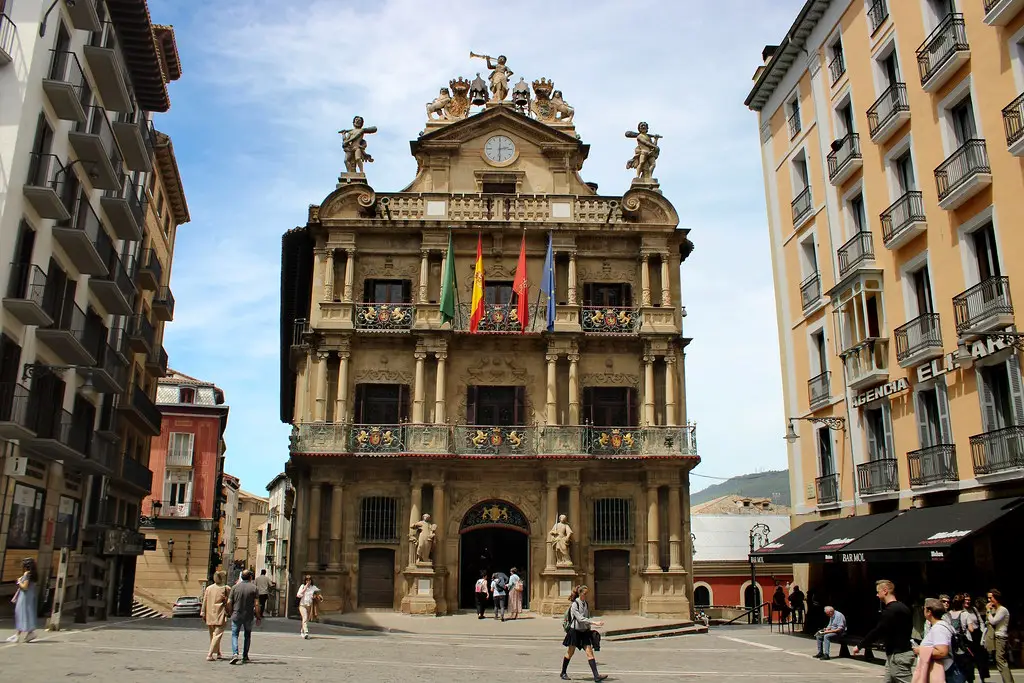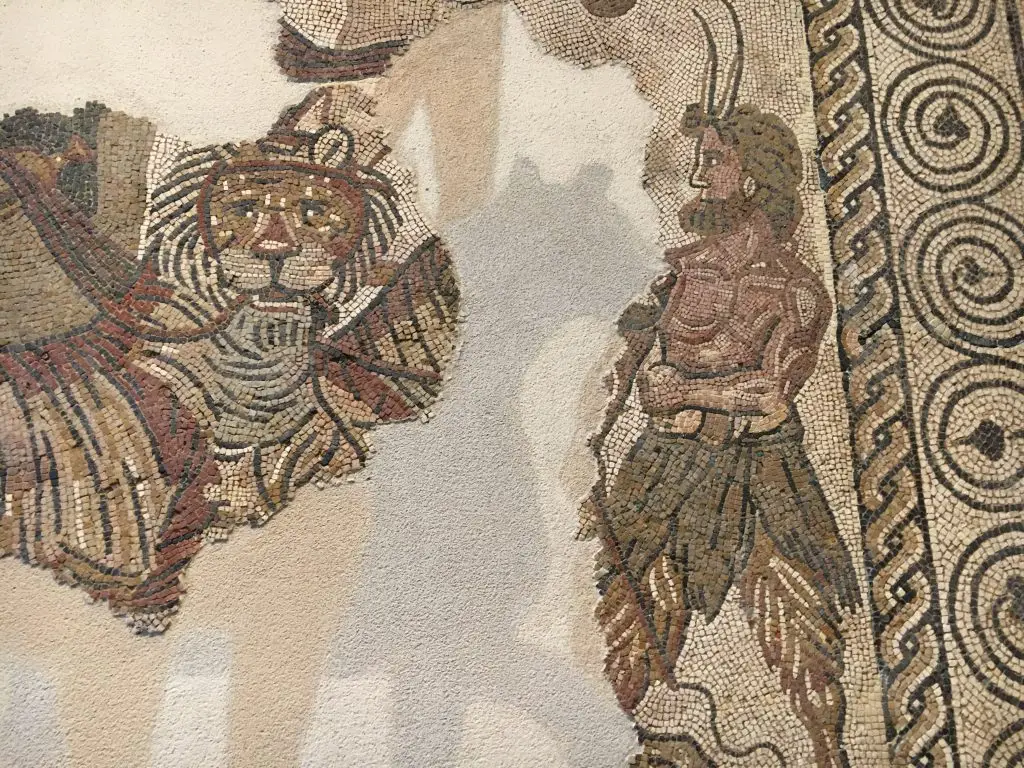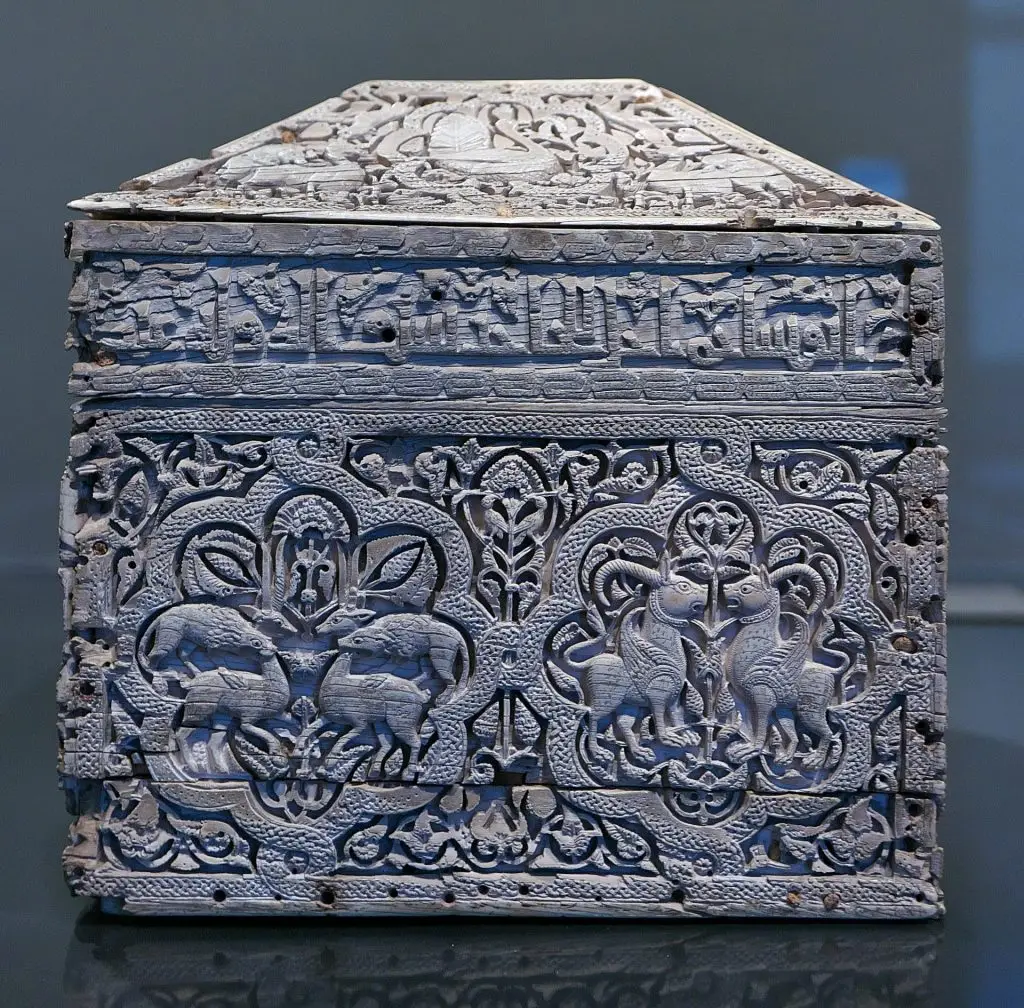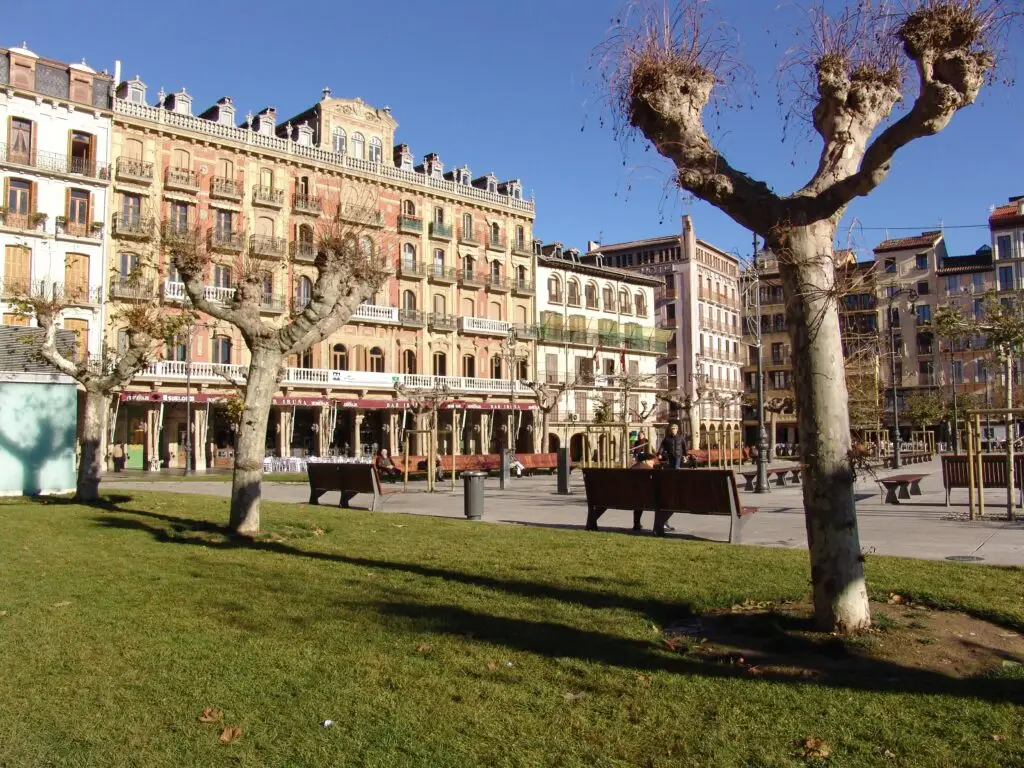Pamplona might be world-famous for the Running of the Bulls, but trust me — if you’re a history lover, there’s so much more to this city than just San Fermín and red scarves. Walking through Pamplona (or Iruña, as it’s called in Basque) feels like stepping through layers of time, from Roman walls to medieval fortresses and elegant Renaissance palaces — all within an easy stroll.
Morning: Tracing the Old Walls

Start your day at the Ciudadela de Pamplona, the city’s star-shaped fortress built in the 16th century under the orders of King Philip II of Spain. Once a mighty military stronghold, it’s now a peaceful park where locals jog, read, or sunbathe on the grass. If you squint a little, it’s easy to imagine soldiers patrolling the ramparts and cannons pointing out toward the surrounding hills.
From there, follow the city walls — some of the best-preserved in Spain — winding along the edge of the old town. They date back to the Renaissance era, and parts even older than that. The Portal de Francia, one of the old gates, still looks like something straight out of a medieval painting, complete with a drawbridge.
Midday: Into the Heart of the Old Town

As you make your way into Casco Viejo, the old quarter, you’ll find history tucked into every narrow street. Stop at the Pamplona Cathedral (Catedral de Santa María la Real) — it’s an absolute must. The exterior is neoclassical, but inside hides a stunning Gothic cloister that might just take your breath away. The cathedral’s museum also gives a great peek into the city’s religious and political past, including the royal tombs of Navarrese monarchs.
Right around the corner is the Archivo Real y General de Navarra, housed in a beautifully restored medieval palace. Once the royal archive of the Kingdom of Navarre, it’s now open to visitors, and it’s one of those quiet, slightly under-the-radar places that makes you feel like you’ve discovered a secret. The exhibits tell the story of how Navarre was once an independent kingdom before being annexed by Spain in the 16th century — fascinating stuff if you love a bit of political drama with your history.
Afternoon: Museums and Local Stories

For a deeper dive, head to the Museo de Navarra, located in an old hospital building. It’s one of those small-but-rich museums — full of Roman mosaics, medieval altarpieces, and old maps that chart the region’s unique identity. You’ll even find remnants of the original Roman town of Pompaelo, founded by none other than Pompey the Great (yes, that Pompey).

If you’ve got time (and energy left), stroll over to the Plaza del Castillo, the city’s lively main square. It’s been Pamplona’s beating heart for centuries — bullfights, political rallies, Hemingway’s bar-hopping — it’s all happened here. Sit down for a coffee at Café Iruña, a 19th-century classic where you can almost feel the ghosts of writers and revolutionaries in the air.

Evening: History with a View
As the sun starts to set, climb up to the Mirador del Caballo Blanco, at the edge of the old town’s walls. From here, you get sweeping views of the Arga River and the surrounding valleys — a perfect spot to end your day of time travel.
Pamplona might not shout about its history as loudly as some other cities, but that’s what makes it special. Its stories are written quietly in stone, in cloisters and fortresses, in the rhythm of streets that have seen everything from Roman soldiers to Hemingway’s pen. Take your time, wander slowly — and let the city’s past unfold one step at a time.